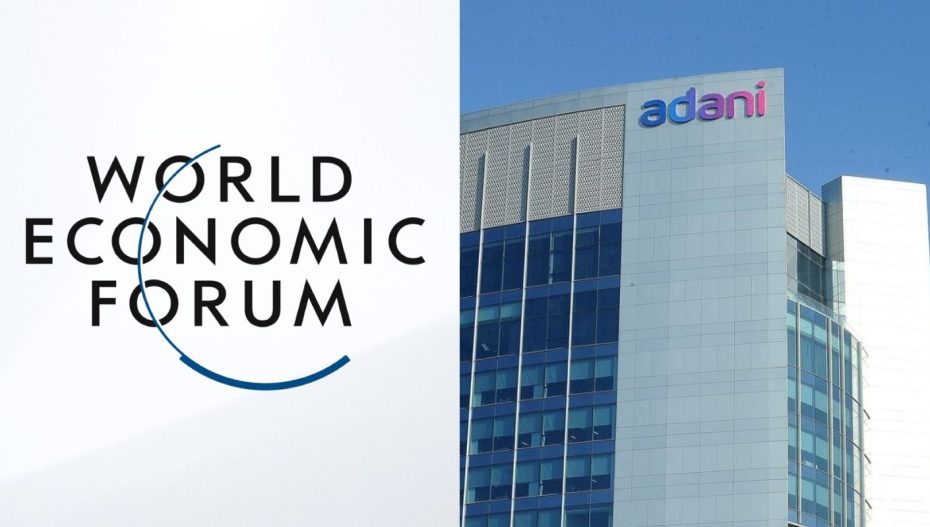Three companies from the Adani Group portfolio — Adani Enterprises Ltd (AEL) (via its subsidiary Adani New Industries Ltd), Adani Ports and Special Economic Zone Ltd (APSEZ), and Ambuja Cements Ltd — have joined the World Economic Forum’s ‘Transitioning Industrial Clusters’ initiative, establishing the Adani Mundra Cluster.
On the initiative, Managing Director of APSEZ and Director of Ambuja Cements Karan Adani said, “By joining the World Economic Forum’s Transitioning Industrial Clusters initiative, the signatories will have the opportunity to collaborate with global industry peers, think-tanks, policymakers, and experts to pioneer innovative approaches towards decarbonisation.”
A statement from the Adani Group states that the goal of this initiative is to strengthen collaboration and match the objectives of businesses that co-locate in order to promote decarbonisation, generate employment opportunities, and boost economic growth by 2050.
The port business in Mundra has flourished since its inception in 1993, growing into a port-led industrial cluster.
Currently acknowledged as the largest port in India, Mundra has developed into a thriving hub for businesses in a variety of industries, from the production of cement that is difficult to decarbonise to the production of advanced solar modules and wind turbines.
In order to attain net-zero emissions as early as 2040, APSEZ has pledged to run all of its port activities entirely on renewable electricity by 2025.
The company’s objective to achieve net-zero by 2050 is in line with the Ambuja unit, which is set to open in Mundra. Its goal is to become the cement production facility with the lowest emission intensity worldwide.
With a projected capacity of 1 million metric tonnes per annum (MMTPA) of green hydrogen production by 2030 and an additional 3 MMTPA by 2040, the Adani Mundra Cluster is also expected to become one of the largest integrated green hydrogen hubs in the world.
A fully integrated value chain that includes 10 GW of solar modules, 5 GW of wind turbines, and 5 GW of electrolyser manufacturing capacity, together with related port facilities, will enable this.
To further establish its leadership in the shift to green energy, the cluster will also include production facilities for green hydrogen derivatives like ammonia.
“The Adani Mundra Cluster aspires to become an integrated green hydrogen manufacturing hub, helping to decarbonise the hard-to-abate sectors of the Indian economy and reduce the country’s dependency on energy imports,” Karan Adani added.
Through strategic meetings and in-country workshops, the World Economic Forum has been instrumental in elevating the cluster’s strategy to generate economic growth, employment, and decarbonisation and in promoting collaboration among the major stakeholders.
Head of Centre for Energy and Materials and Member of Executive Committee at World Economic Forum Roberto Bocca noted, “We are delighted to welcome the Adani Mundra Cluster to our international community of 23 industrial clusters, as one of the first two clusters in India.”
“By tapping into Gujarat’s significant renewable energy capacity, the cluster is on track to becoming one of the leading green hydrogen hubs in South Asia. Within the Transitioning Industrial Clusters community, Adani Mundra can exchange knowledge with fellow clusters and advance the energy transition,” he added.
Also Read: Adani Total Gas Secures Financing of $375 Million to Accelerate CGD Business Growth













